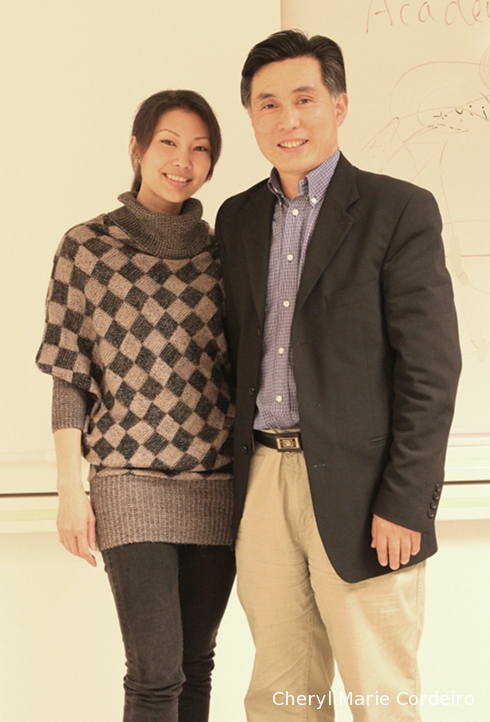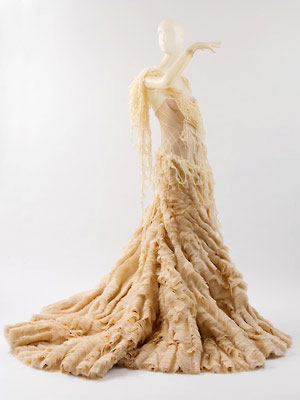
Like many other cities in the world, Gothenburg, Sweden, has a ”friendship city” (youhao chengshì) agreement, with the city of Shanghai.
Text and Photo © JE Nilsson, CM Cordeiro 2013
The ideas in this post covers at best, an intuitive and metaphorical exploratory mapping of some aspects of quantum physics theory, to phenomenon that can be observed in the material world so governed by the laws of nature. Perhaps a tall argument to make, but I’ll try here to figuratively map the concept of quantum entanglement onto the observation of its potential manifestation in international business, taking the the example of Twin Cities, defined as two cities in different regions that have made an agreement on for example cultural exchange and economic cooperation.
It is here not to apply the theories of quantum physics to the material world, because that cannot always be, due to that the quantum world has different laws than that of the physical world. But just to sketch an idea that what is now being observed and measured to accuracy in the quantum realm with its attached values, named phenomenon A’ {-V(N) to +V(N)} is perhaps manifested in the material world of classical physics as phenomenon A {-V(N) to +V(N)}, if one were to view it from a systems level perspective, here defined as the manner of progression of development.
Continue reading ”From Twin Peaks to twin cities: quantum entanglement IRL”


 On July 4, 2012, AsiaOne News ran an online article entitled “
On July 4, 2012, AsiaOne News ran an online article entitled “





